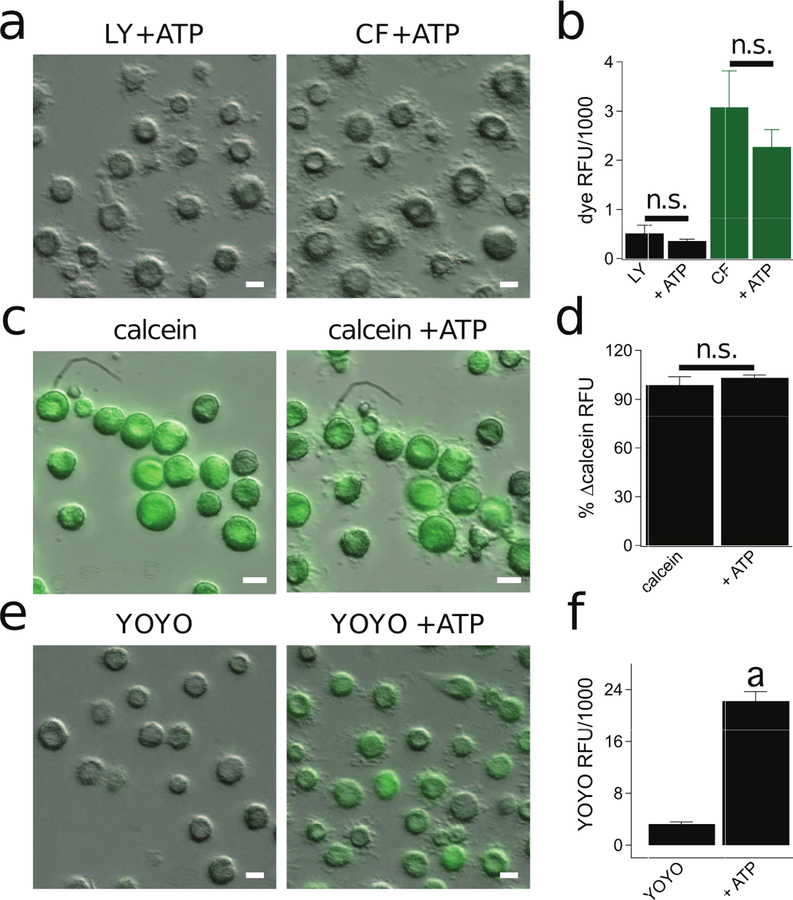Figure 3. The P2X7R permeabilization pathway is cation selective.
(a) Fluorescence images of human macrophages incubated in the presence of ATP (2 mM) with the anionic dyes Lucifer yellow (LY, 0.5 mM) or carboxyfluorescein (CF, 0.5 mM) at 37°C. Scale bars: 20 μm. (b) Quantitative comparison of anionic dye uptake by macrophages. Cells were incubated for 15 min with LY or CF in the presence of ATP (2 mM) at 37°C. “n.s.” are not significantly different from ATP (n = 4). (c) Fluorescence images of human macrophages preloaded with anionic calcein-AM (0.5 µM) for 30 min and subsequently stimulated with ATP (2 mM) for 15 min at 37°C. (d) Quantification of change in intracellular calcein fluorescence after 15 min stimulation with ATP (2 mM). There is no significant difference in fluorescence dye after ATP treatment (n = 4 separate experiments). (e) Fluorescence images of human macrophages incubated in the presence of ATP (2 mM) with the cationic dye YOYO-1 (5 µM) for 15 mins at 37°C. (f) Quantification of YOYO-1 after macrophages were incubated for 15 min with ATP (2 mM) at 37°C. There is significant uptake of dye by ATP treated cells (p < 0.0001; unpaired t-test, n= 4 separate experiments). “a” is significantly different from control (i.e. YOYO-1 only).

